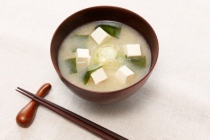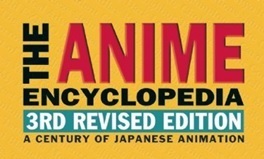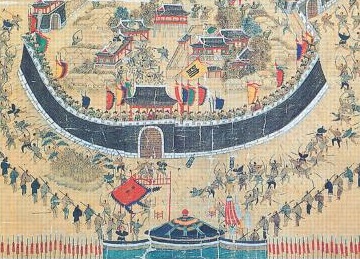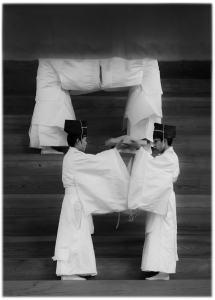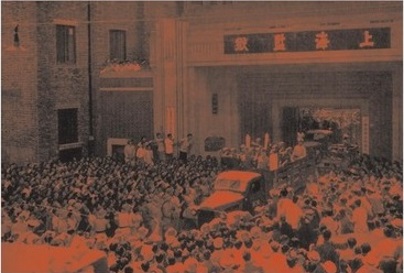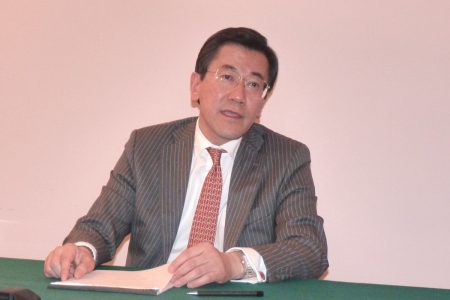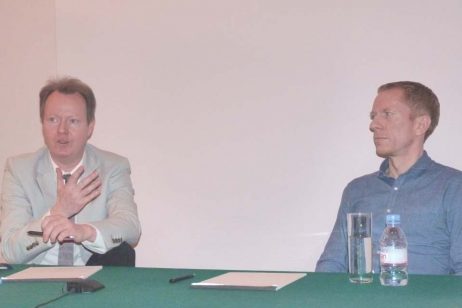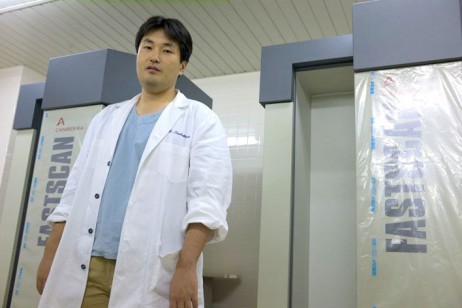23 April 2015
Private View: Post-Apocalypse by Keita Miyazaki
Keita Miyazaki, a young Japanese artist, works on creating sculpture series and installations which evoke a sense of the post-apocalyptic. He is an artist exploring the supposedly polar notions of orderliness and fantasy. His installations select materials for their capacity to suggest ambiguity: traditional like metal, light and fragile like paper, invisible like sound. These juxtaposing techniques avoid concrete description, instead suspending forms in a state of uncertainty.
More info
